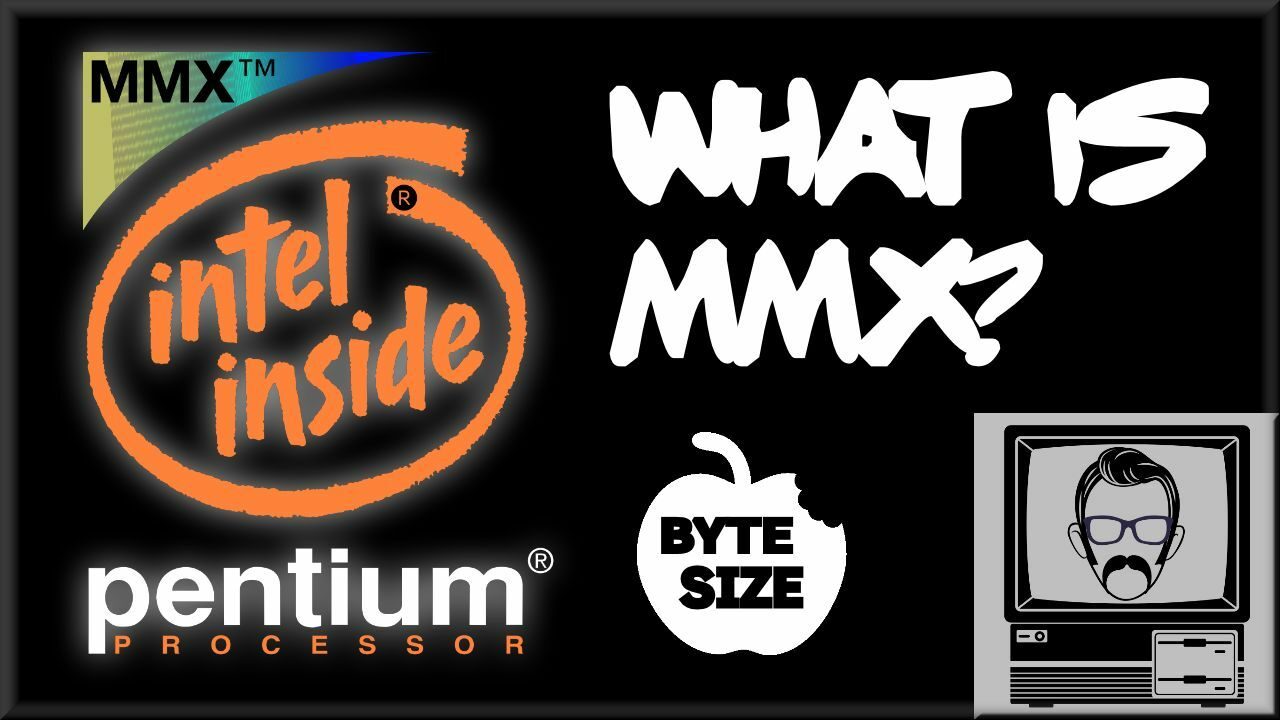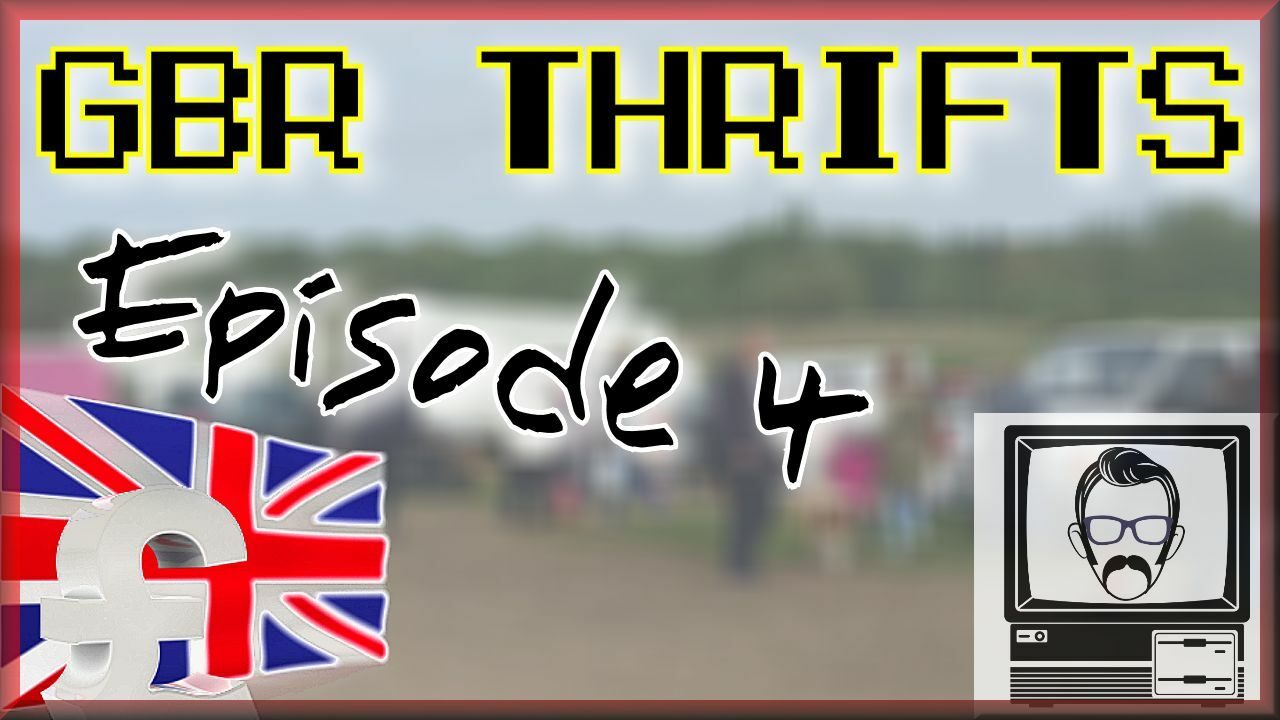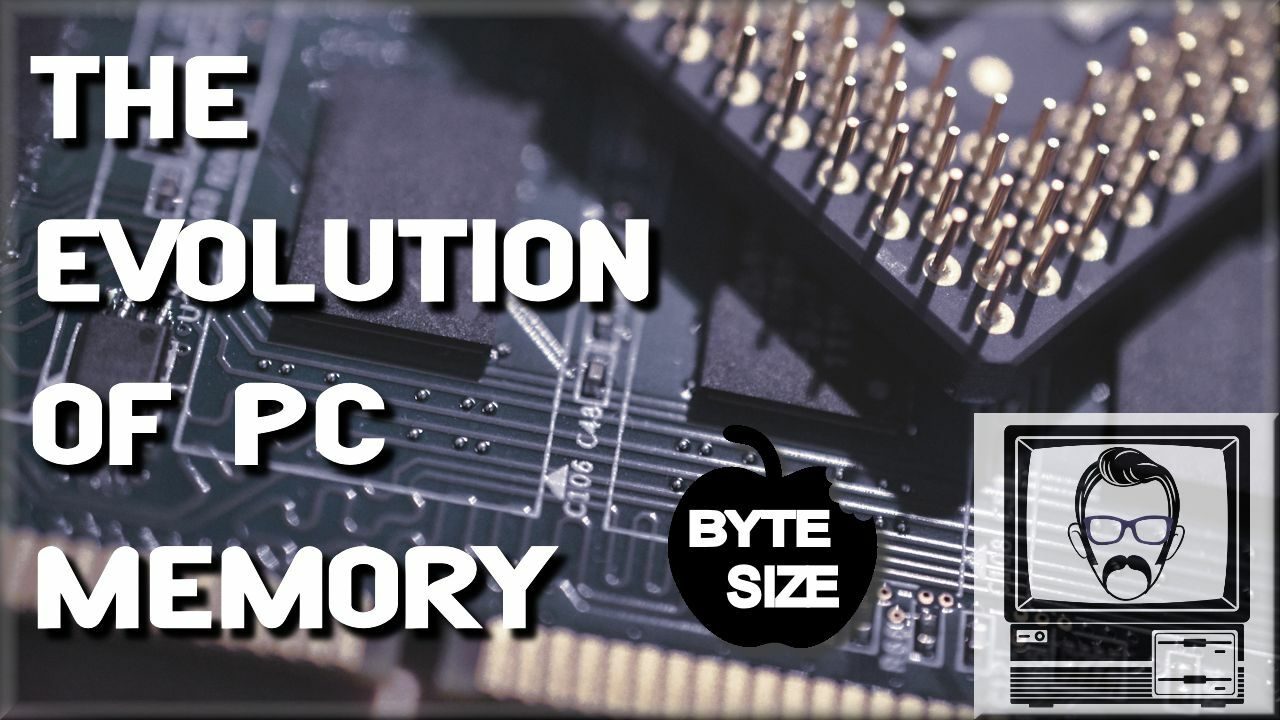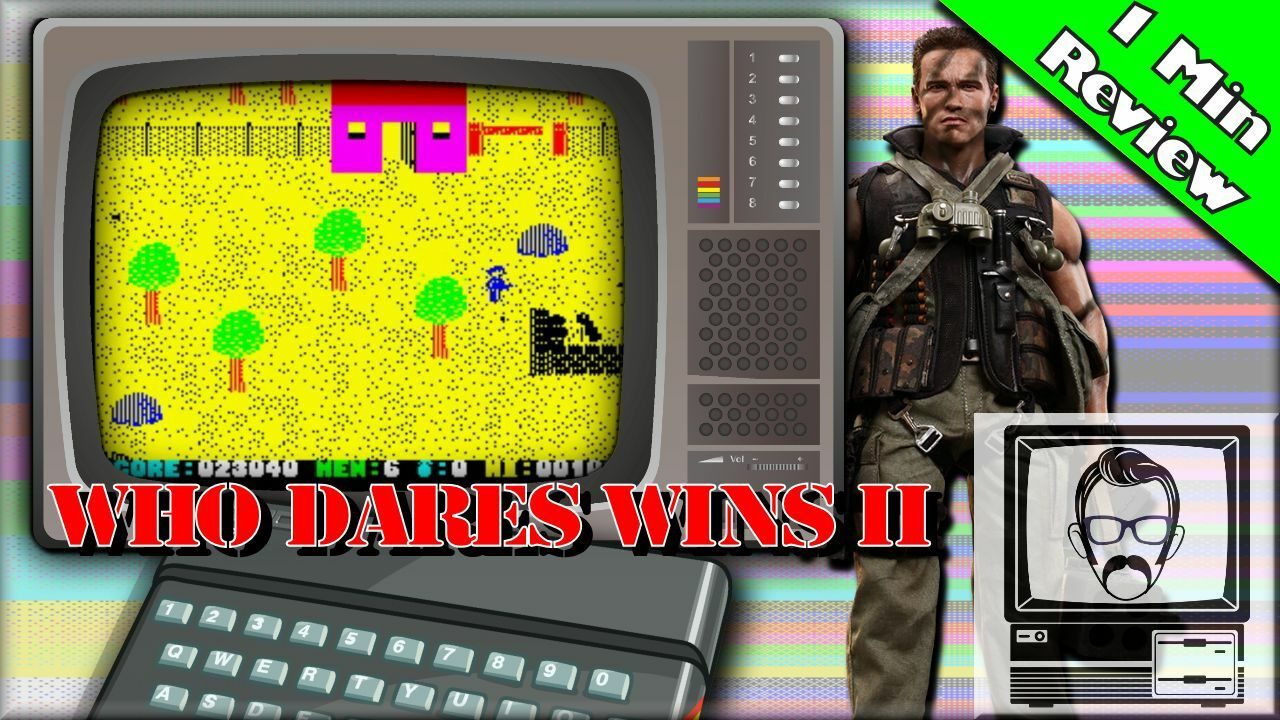One thing that never stays constant this life. One thing that is always changing, whether for good or bad is the Storage Medium. This short video will explore my personal favourite portable storage mediums from the 70s up until the early 00’s… There’s no such thing as a time past the mid 00’s, so GET OVER IT. I won’t cover more permanent devices such as hard disks here, that’s a story for another day… So without further ado, let us begin….
Punched Card
Ahhhh, a floppy storage medium, so hard in technical terms that it could take your eye out. Punched cards (also known as Hollerith cards) were a very physical and magnet friendly method of storing data from as far back as the late 19th Century (for fairground organs and the like) up until the mid 70s and beyond. Consisting of cards, with punched holes. Each row usually contains 8 bits of data, equivalent to 1 byte – approximately, 1 character’s worth of data. They are made by typing the code/print out/data into a Hollerith machine, which then translates the text into a relevant set of punches on the card. If you’ve made a mistake in your code, then you can apply a sticker to cover up the problematic holes, correcting the problem characters. If you’ve made lots of mistakes, you’re best to throw away the entire card and create a new one.
Punch cards are then fed into a reading machine that translates the holes back into digital data or ascii characters. and Voila. You have one of the first media devices, capable of saving your work!
Tape
Originally invented for recording sound in 1928 by Fritz Pfleumer. Tape really started to take off in the 50s on huge spinning reels, often used by broadcasting services. You can also often see them in the backgrounds on old sci-fi movies, or on archive footage of mainframe computers, whirring away. Even more commonly they were an incredibly popular storage medium in the 80s. Aside from holding some fantastic 80s tunes, they were used on machines such as the Sinclair Spectrum and Commodore 64. Data was recorded onto the tape in an analogue audible format, usually at about 1300 Baud. Some machines were capable of translating the data into digital format at higher speeds, but the lower baud rates were designed to minimise data error on loading…. judging by the problems faced by myself and countless other children, it probably could have done with being a tincy bit slower! Either that, or the volume control was just set too low!
Disk
Disks! The first read-only 8″ versions held 80kb of data and although other sizes were available, the most common format initially introduced was the 5 1/2″ Floppy disk. Initially called a floppy disk because it was incredibly floppy. They could each hold different amounts of data depending on format, and double sidedness. Common DOS Double Density formats held 360kb per side. The disks featured a permanent hole, which exposed the actual disk media, and is something I see as being incredibly fragile.
This was fixed with the 3.5″ format providing a lovely metal shutter. A more sturdy protective shell, more room for a label, with the spinner only being visible on the back of the disk. Write protect notches that could be moved (unless you were using a disk designed to not be written over, then you’d have to fall back to sellotape). These disks are one of my favourite storage mediums. Ahhhh, I love the sound of disk drives in the morning!
Zip Drive
Zip drives seemed revolutionary at the time. Connecting via your parallel port to begin with, they were the size of disks, but could hold a whopping 100MB initially, and this increased even further as the technology evolved. A proprietary system designed by Iomega, they soon caught on, with increasingly large programs and data proving difficult to fit onto floppy disks, and writeable CD-ROMS still a while from being main stream. Back then the only other way to really transport large files was to PKZIP them over several disks – which 5 times out of 10, would result into some sort of disk read error. Arrrrrrrrrgghhhhhhh!
CD-ROMS
Which brings us to Compact Discs. Those shiny, coated plastic things. The original drives for this medium were essentially the same as a CD audio player. With only 1 x speed capability, resulting in a sedentary 150kb per second read rate. This soon sped up however, with 4x becoming common place, which was just as swiftly replaced by speeds of up to a whopping 48x! I remember my quad speed Creative drive fondly – pretty darn expensive at the time, but all that data. PC magazine cover disks soon replaced floppies in news stands every where, jam packed with utilities, demos and other pointless crap. That was until the internet arrived….
The Internet
Although not a portable storage medium as such. The internet is essentially, everywhere, so it may as well be. Back in the 90s, it was just taking off and with dial up speeds only available up to a top end of 56.6kbits per second, not including dial up time, or the possibility of your gran being on the phone. It wasn’t really useful for uploading and downloading large amounts of data. Although clients such as Napster soon reared their debatably illegal heads, with people leaving their machines on overnight to download games, music and possibly other media which we won’t go into here.
USB
And so we end at USB. USB changed the world we live in. Paving the way for USB sticks capable of holding a vast amount of data. This coincided with SD cards, which use the same methods of storing data, allowing astronomical amounts of data to be held on just a tiny area. The hard disk on my PC in 1995 was 850mb, this SD card can hold over 37 times that amount…. and that’s just the tip of the data hungry iceberg…. absolutely crazy.

Nostalgia Nerd is also known by the name Peter Leigh. They routinely make YouTube videos and then publish the scripts to those videos here. You can follow Nostalgia Nerd using the social links below.




